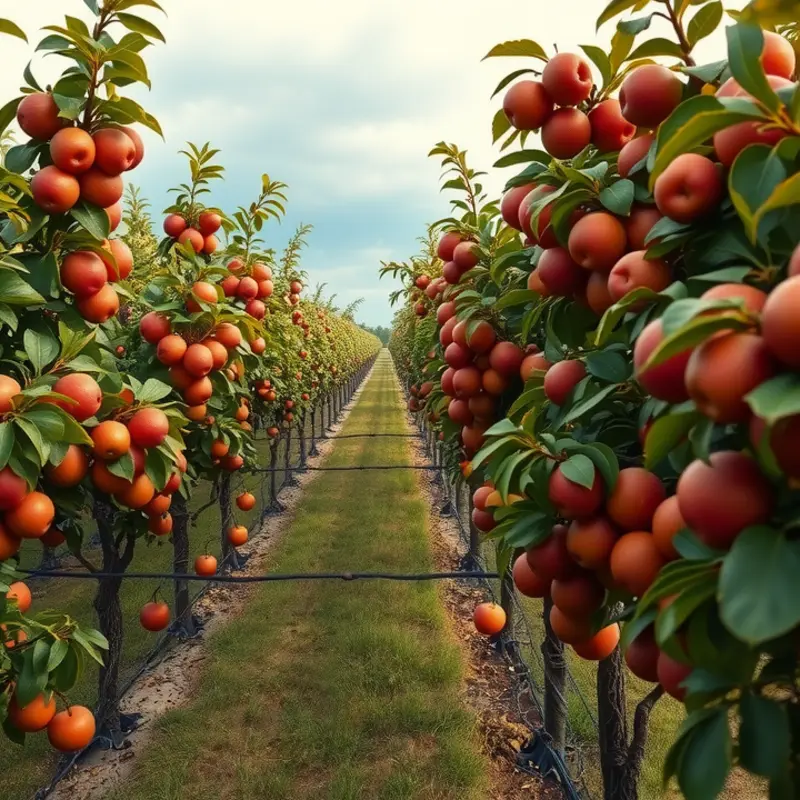Festive table layouts are more than mere decorations; they are vibrant expressions of culture, heritage, and community. From the meticulously arranged tables of a French holiday feast to the colorful platters of an Indian wedding celebration, each setting tells a story steeped in tradition. For food enthusiasts and culturally-curious readers, understanding these layouts opens a gateway to appreciating global culinary practices and the unique rituals that accompany them. Let’s embark on a journey around the globe, uncovering the intricate designs and meanings that make festive dining memorable.
The Sophistication of French Festivities

In the realm of French festivity, the dining table is not merely a place for food; it is a canvas where culinary artistry meets cultural sophistication. Every element of the table setting is executed with precise intention, reflecting the essence of French elegance and tradition.
The use of fine china marks the foundation of a French festive table. These pieces, often inherited or collected over time, carry history and sentiment. The delicate designs serve as a visual feast, setting a luxurious tone. Each item, from the dinner plates to the tiny amuse-bouche bowls, contributes to the overall aesthetic.
Symmetry and balance are pivotal in French table settings. Plates are aligned meticulously equidistant from one another, creating a harmonious visual flow. Flatware is placed according to use: the forks to the left, and knives and spoons to the right. The arrangement follows a logical progression that guides diners effortlessly through the meal.
Centerpieces, often consisting of fresh flowers or elegant candelabras, add a vertical element to the layout. Flowers are chosen for their fragrance and color compatibility with the tableware, enhancing the sensory experience without overpowering it. Candles, another staple, cast a gentle glow, creating an intimate atmosphere.
Napkins in French table settings are more than functional; they embody a subtle decor. Folded into crisp shapes or tucked simply into a ring, they lie upon each plate like a piece of art, inviting each guest to partake in the elegance.
To recreate this aesthetic at home, consider these tips:
- Invest in Fine Tableware: Choose pieces that offer timeless appeal and match your preferred color scheme.
- Prioritize Symmetry: Aim for balanced placement of each setting and centerpiece, ensuring every component complements the other.
- Incorporate Nature: Use fresh flowers or herbs to bring a touch of color and fragrance to the table.
- Use Stylish Lighting: Opt for candles or a dimmed chandelier to evoke the cozy ambience of a French dining room.
For those interested in exploring diverse culinary influences and how they mingle with traditional settings, visiting culinary trade influences offers insight into how France’s culinary history interplays with other cultures.
Ultimately, the French festive table is a testament to life’s finer pleasures. It stands as a perfect illustration of how intention and tradition can transform an ordinary meal into a memorable celebration.
Celebrating Diversity: Indian Festive Spreads

Indian festive tables are a tapestry of vibrant colors, tantalizing aromas, and a sense of community. At the heart of these celebrations are the thalis, which symbolize abundance and are central to the dining experience. These traditional platters come loaded with an array of dishes representing India’s diverse culinary landscape.
The layout of an Indian festive table is an art form in itself. Colorful textiles, such as richly embroidered tablecloths and intricately designed napkins, create a vivid backdrop. Dishes are arranged meticulously, respecting the balance between flavors and the aesthetic presentation that is so dear in Indian cultures.
Each thali serves a symphony of tastes, from the spicy to the sweet, the sour to the bitter. Common components include dal (lentil soup), various types of bhajis (vegetable stir-fries), papad (crispy lentil crepes), and a selection of pickles and chutneys. These elements combine to create a meal that is as visually appealing as it is delectable.
Communal dining is an intrinsic part of Indian celebrations. Sharing food from a central platter fosters a sense of togetherness and fellowship. This practice underscores the belief that eating together binds families and communities, a tradition that cuts across regions and religions throughout India.
A unique aspect of Indian festive tables is the use of banana leaves instead of plates in some regions. This tradition enhances both the sustainability and the presentation experience, as the leaves impart a subtle flavor to the food, enriching the overall taste.
Indian cuisine is renowned for its bold use of spices, each carefully chosen to enhance the dish it accompanies. For those interested in exploring how to amplify flavors without using extra salt, you can learn more in this guide on flavor boosters.
Beyond the food and setting, the conversations and relationships developed around the table contribute to the festive spirit. Storytelling, laughter, and shared memories are as integral to the dining experience as the culinary elements. The harmony of flavors, colors, and companionship enlivens the scene, reflecting the essence of Indian culture.
Through these festive table layouts, the diversity of India’s regional cuisines is celebrated. Each region and community contributes its unique flavors and traditions, resulting in a culinary tapestry that is both diverse and harmonious. Indian festive spreads are a feast for all the senses, a vivid portrayal of the country’s rich heritage and communal values.
Final words
Engaging with the traditions of festive table layouts enriches our understanding of cuisine beyond the plate. These intricate displays are not only about aesthetics; they embody connection, celebration, and heritage. As we gather around our tables, whether adorned simply or extravagantly, we are part of a global tapestry woven from diverse culinary threads. Embracing these traditions invites us to honor the stories they tell, fostering a deeper appreciation for the flavors and cultures they represent. So, as you set your own festive table, remember that you are contributing to a rich history of culinary connection.








